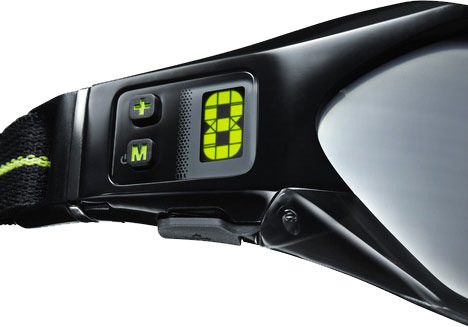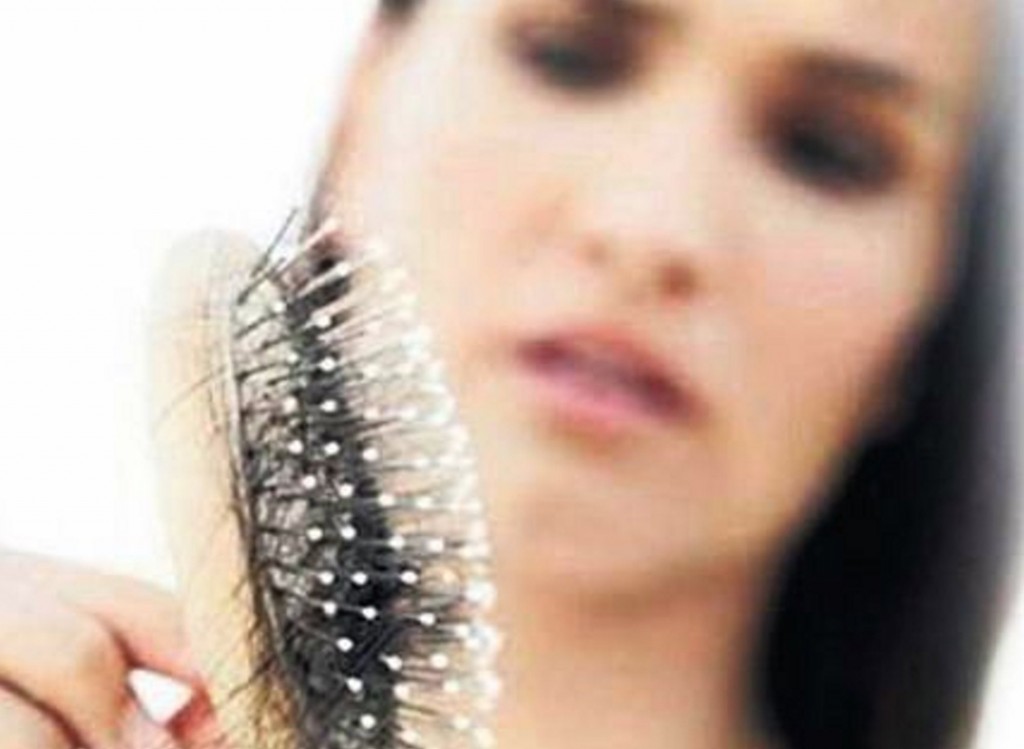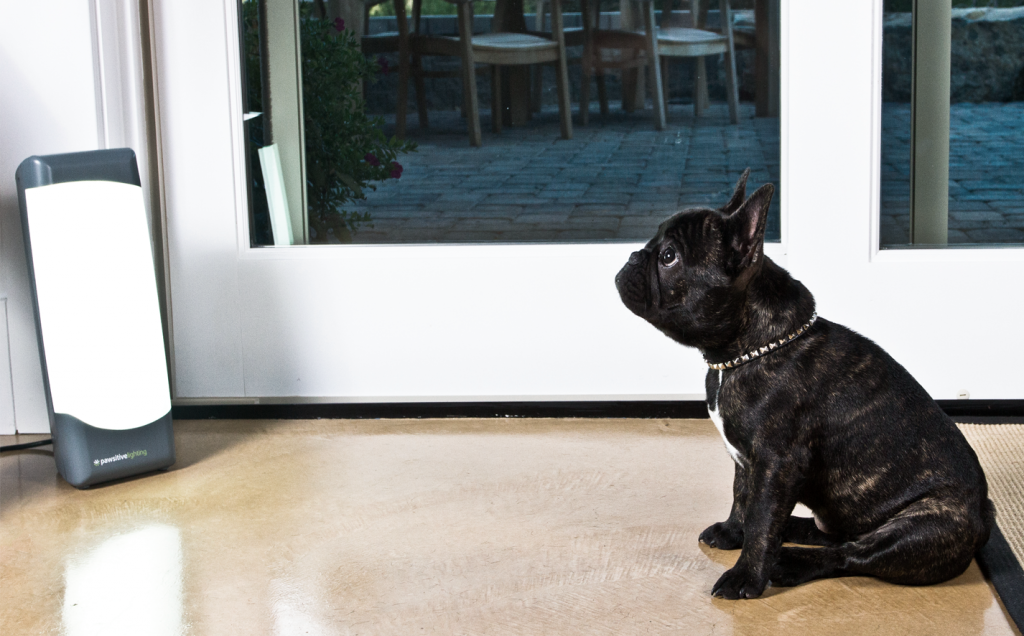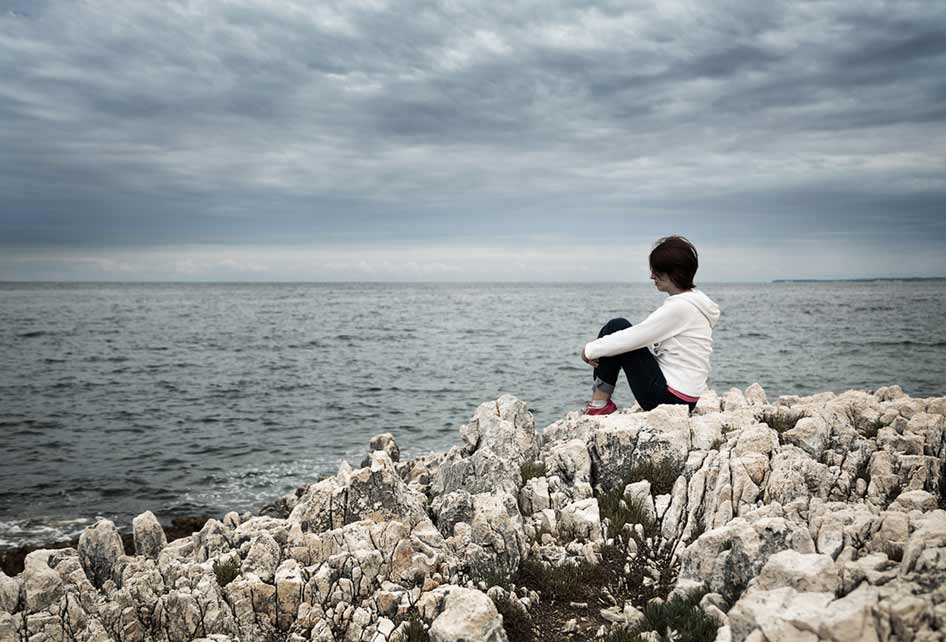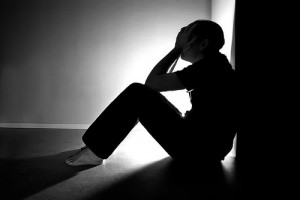“Having access to information about your condition, and working with your health professional to make choices about your treatment, puts you in control and in the driving seat. Having the right information and support can prevent you from getting trapped in a cycle of repeat prescriptions, can help you to understand your options and can ensure that your psoriasis is well managed in the right way for you.”
-Patient Information Forum
What Is Psoriasis?
Psoriasis is an extremely common skin condition. There are more than 3 million US cases of the condition reported each year. Psoriasis changes the life cycle of skin cells. According to MayoClinic, a well known website dedicated to medical studies, it “causes cells to build up rapidly on the surface of the skin. The extra skin cells form thick, silvery scales and itchy, dry, red patches that are sometimes painful.” (mayoclinic.org)
Psoriasis is hard to keep under control and it tends to show up more than one would hope. It is classified as a chronic disease, which means it is long lasting and difficult. The disease can be a rollercoaster, going up and down in severity over a course of time.
There are many different types of Psoriasis. The most common form of the skin condition is called Plaque Psoriasis and it occurs across the body. Nail Psoriasis affects the nails on the fingers and toes. Scalp Psoriasis as you would guess, appears on the scalp of the head. Guttate Psoriasis is most common in children and young adults and affects the trunk, arms, legs, and scalp. Inverse Psoriasis affects the armpits, groin, under breasts, and genitals. Pustular Psoriasis is uncommon and occurs on hands, feet, and fingertips. Erythrodermic Psoriasis is also uncommon and affects the entire body.
The Cause….
The exact cause of Psoriasis is yet to be determined but many studies have shown it being linked to the immune system. MayoClinic came to the rescue and explained more specifically how the immune system and Psoriasis are linked to each other. The site explained,
“One key cell is a type of white blood cell called a T lymphocyte or T cell. Normally, T cells travel throughout the body to detect and fight off foreign substances, such as viruses or bacteria. If you have psoriasis, however, the T cells attack healthy skin cells by mistake, as if to heal a wound or to fight an infection.
Overactive T cells trigger other immune responses. The effects include dilation of blood vessels in the skin around the plaques and an increase in other white blood cells that can enter the outer layer of skin.
These changes result in an increased production of both healthy skin cells and more T cells and other white blood cells. This causes an ongoing cycle in which new skin cells move to the outermost layer of skin too quickly — in days rather than weeks. Dead skin and white blood cells can’t slough off quickly enough and build up in thick, scaly patches on the skin’s surface. This usually doesn’t stop unless treatment interrupts the cycle.
Just what causes T cells to malfunction in people with psoriasis isn’t entirely clear. Researchers have found genes that are linked to the development of psoriasis, but environmental factors also play a role.” (MayoClinic.com)
The Symptoms…
As discussed, there are many different types of Psoriasis. However, the most common version of the skin condition is Plaque Psoriasis. The symptoms are…
- Plaques of red, inflamed skin, often covered with loose, silver-colored scales. These plaques may be itchy and painful and sometimes crack and bleed. In severe cases, the plaques will grow and merge into one another, covering large areas.
- Disorders of the fingernails and toenails, including discoloration and pitting of the nails. The nails may also begin to crumble or detach from the nail bed.
- Scaly plaques on the scalp.
- Small areas of bleeding where the involved skin is scratched.
(Symptoms list borrowed from WebMD.com)
How Would You Get Psoriasis?
Psoriasis can begin for a great deal of reasons. It can flare up again for just as many reasons. If you struggle with Psoriasis or want to avoid getting it, it is important to know and avoid the triggers of the skin condition. The causes include…
- Infections (strep throat and skin infections)
- Skin injuries (cuts, scrapes, bug bites, sunburn)
- Stress
- Smoking
- Unnormal alcoholic consumption levels
- Cold weather
- Specific medications
What is Ultraviolet Lighting?
Ultraviolet Light Therapy is one of the many forms of light therapy currently being used to help treat skin conditions and diseases. Ultraviolet or UV light is extremely close in similarity to the Rays being output by the sun. It is typically used in the form of fluorescent bulbs that are specifically designed to create a special output of UV Light.
Light Therapy & Psoriasis…
Although there are many medications that can be taken to help with Psoriasis, going the natural route is always going to be the body’s best option. Light Therapy/Phototherapy is all natural and has no side affects.
When it comes to Ultraviolet Lighting, Psoriasis is typically treated with either Ultraviolet Light B Phototherapy or Psoralen and Ultraviolet Light B. Ultraviolet Light B is actually present in sunlight and is an extremely effective form of treatment. Ultraviolet Light B slows the growth of the skin cells being affected by penetrating the skin. When treating the disease, the skin must be exposed to an artificial form of Ultraviolet Light B. The treatment should be done on a regular schedule for a specific amount of time. Sometimes Psoriasis symptoms become worse before they begin to subside. It’s not something that people typically want to hear, but it will get better.
Ultraviolet Light A is also present in real sunlight. This form of light is also used to treat Psoriaisis, however is does not become effective until it is combined with Psoralen. Psoralen is a light sensitive medication that is applied topically or orally. This form of the treatment also slows down the growth of the skin cells on the body. The Ultraviolet Light A with Psoralen treatment is performed in the same fashion as Ultraviolet Light B, meaning the patient exposes themself to the artificial light on a regular schedule for a set amount of time.
Both of these options can be done in a doctor’s office or in the comfort of your own home. However, people dealing with this skin disease should always discuss treatment options with their doctor prior to undergoing treatment.
Good Ol’ Sunlight!
If you live somewhere sunny and are looking for the most natural form of treatment possible, use the sun! Ultraviolet Light B, from the form of treatment previously discussed works the same way outdoors from natural sunlight as it does during treatment in an office.
Always be sure to avoid sunburns and over exposure, but start with short treatments of limited sunlight and see how you react. Five to ten minutes of afternoon sunlight equally exposed to all affected parts of the skin is a great way to start. If your body reacts well, continually increase the exposure time by 30 seconds.
Are you struggling with Psoriasis or know someone who is? Take in some of this wisdom on Light Therapy or pass it along!

